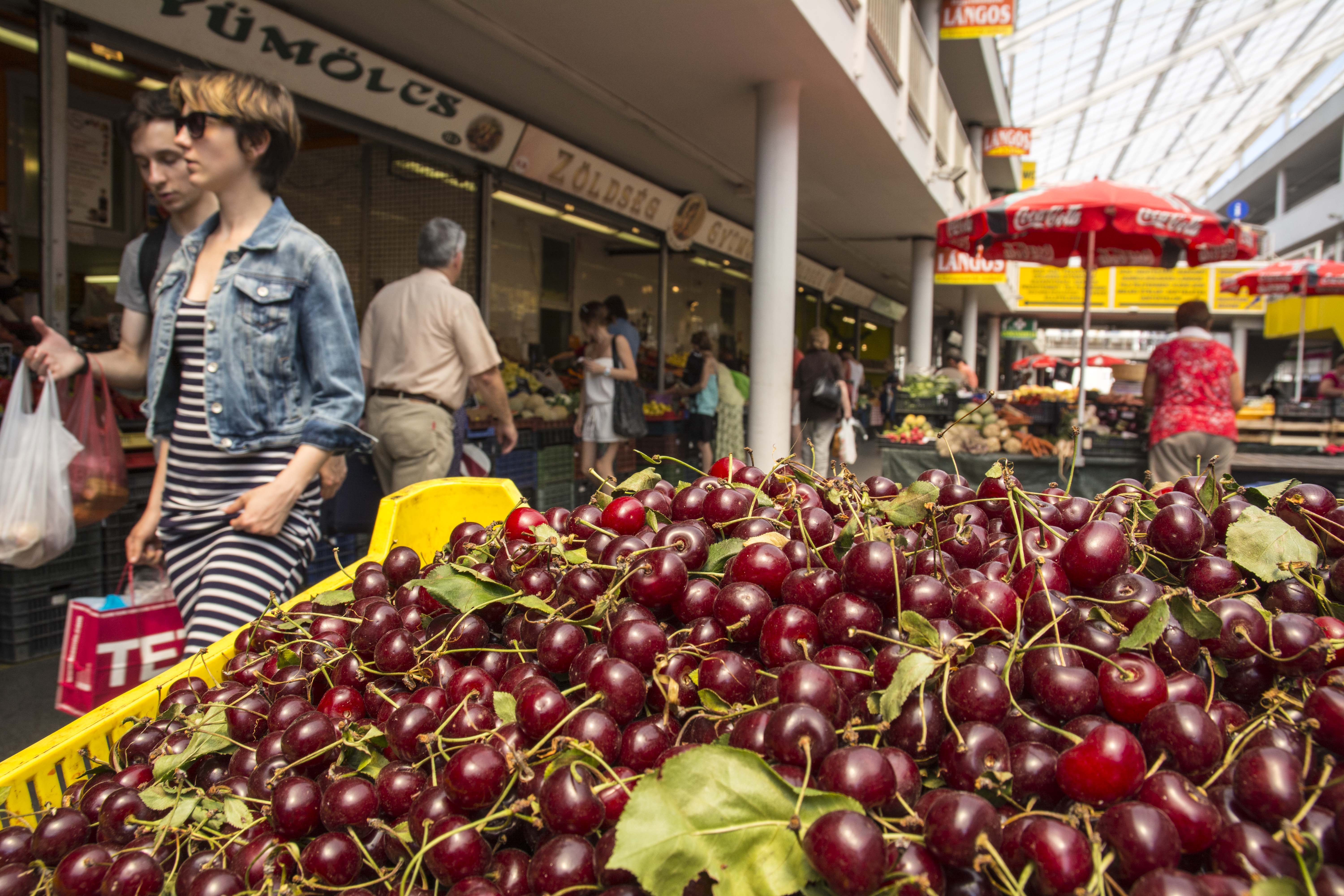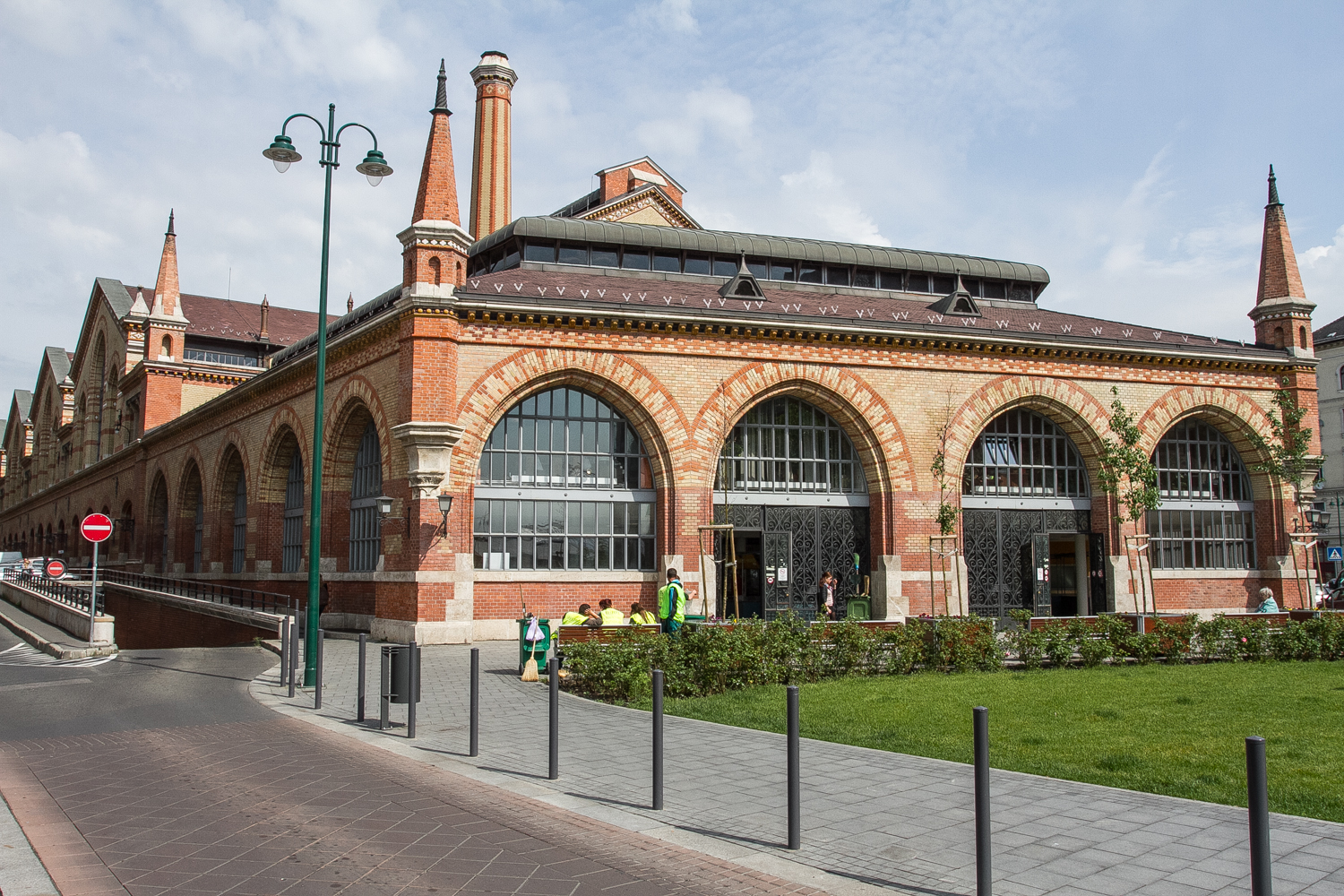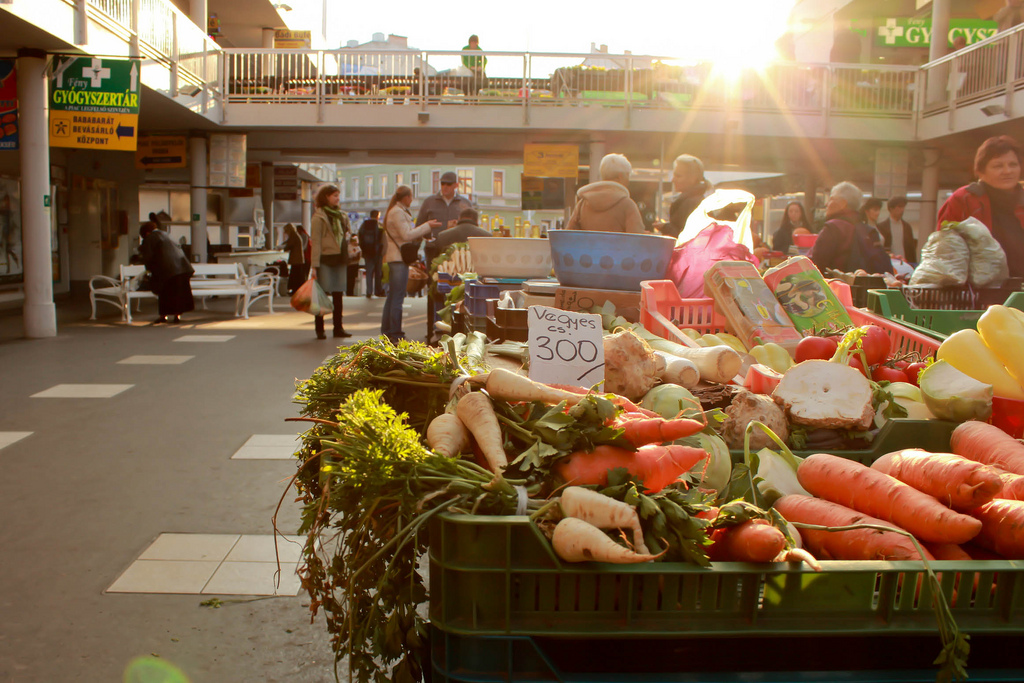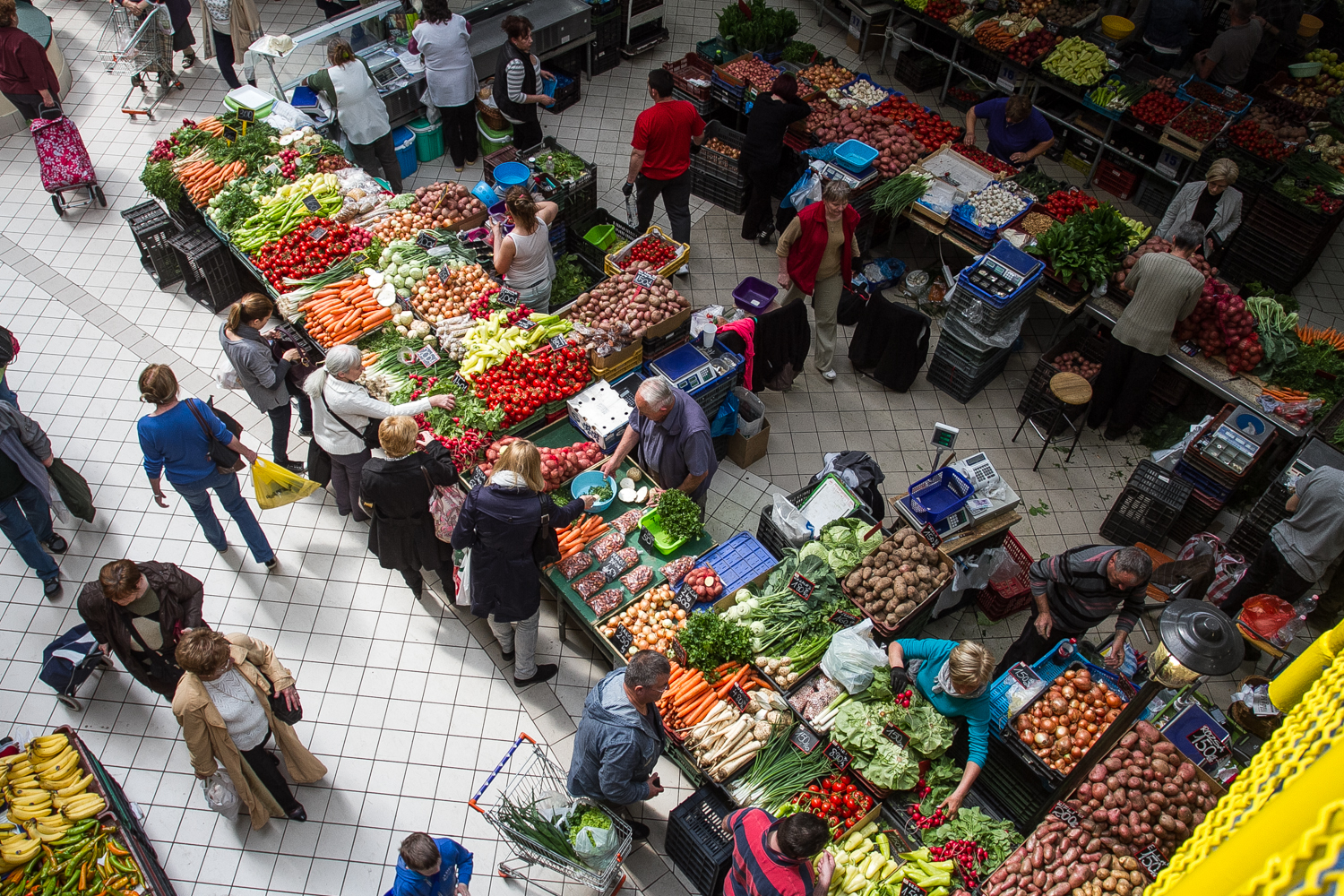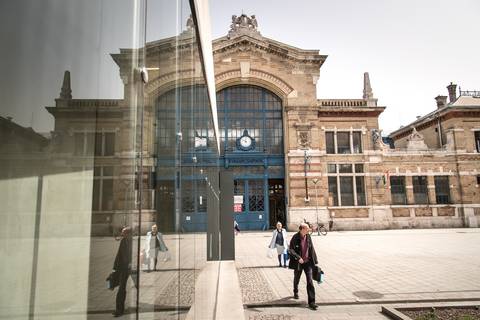Merchants; goods rule once again “Markets, in a broader sense, are places where livestock is exchanged for money. In order for said exchange to take place, there need to be sellers and customers. Markets, in a traditional sense, are exact places where certain goods are traded on a regular basis.” Now, off with the accurate but uninteresting definition, which no doubt fails to evoke a desire to set off to a market. Though you might want to as sometimes such trips are not unlike visitations to another, unknown realm.
Markets are a little like traveling abroad. First you can’t help but stare around and try to make something of the multitude of novel stimuli and information. Then you start to step closer and closer, making contact finally. And then you can even feel as if you lived there since forever. For markets are such inclusive places. Probably because there is such a great variety of people there that starting from the moment you entered you are left with the feeling that you became a part of a gigantic kaleidoscope.
So visiting markets is cool and exciting. Thus, we set out to explore the differences between the markets in Budapest and to see their unique allure. We compiled a selection but are also eager to read your experiences or markets of choice still waiting to be discovered.
2/7
Great Market Hall, Vámház tér
The largest market hall in Budapest is the most prominent of the “classic” category. Classic in the sense that it has been a place of permanently prime quality ingredients for decades and classic in the sense that it has been among the top five of the capital’s tourist attractions. And this is definitely good for us – something like the Borough Market for London. The Great Market Hall can boast with iconic shops and figures, such as Józsi, the butcher or the folk art shops under the constant siege of Japanese tourists. The Great Market Hall is capable of conjuring up an atmosphere we believe to be typical of pre-war times but it might be closer to the truth to say that this whole place is real with much more spirit than artificiality.
3/7
Fény Street Market
Since its reconstruction it has reborn and has been brimming with life. It has become the most popular market of Buda, which is in big part thanks to its closeness to Moszkva tér. But what’s its secret? The airy style that’s most typical of maybe the French provided they show this face of theirs. Apart from style it bears at least the same importance (if not even more) that here’s the most diverse selection of organic and bio goods and goods with verified origins. And this not only is trendy but creates a sort of quality standard that is recommended to be followed. Not unlike in the Great Market Hall, you’ll find emblematic figures here, as well. Take, for example, the Sonkás (the Ham-seller). The owner of the shop upstairs feels it’s his calling to make the delicious hams known so he holds tastings on Saturdays – a fine sight to behold.
4/7
Lehel Market
The controversial… Fény Street Market was an instant favorite, whereas Lehel still brings emotions to the surface, or at least it’s less easy to comprehend. Though the building itself looks like a mere merchant ship, that once served as a significant tool of transporting goods on the Danube. It could be defined as avant-garde. Now, the same art is nowhere to be found inside. Was practicality a more relevant factor? Perhaps, especially if you think of markets as pragmatic repositories of everything needed. After all, this is their original function. Lehel is a kind of odd-one-out, a serious emotional matter – if you have grown an attachment to it, you won’t be able to let go of it. But if you hesitated for the first time, you probably won’t get to like it ever. Still, it can be good as it never lets you without any feelings towards it.
5/7
Hunyadi Square
The legend. It’s also classic but in another sense than the Great Market Hall. It’s open-air and the goods are spread out in front of your eyes. It’s run-down in a romantic way and could very much be the smallest in the capital. Small as in cute. The original spirit of markets, that of the contact between buyer and merchant, the real, uncorrupted farmer comes into being. Friendships between the two parties can be born here as results of the mutual dependency through the goods and the prices. There’s something pristine and ancient in this place, that keeps popping up when you miss it to keep you coming back for more. It’s like when you are far from home: you get homesick. It’s unexplainable, incomprehensible. Or, you know what? Those feelings strike you exactly because the place really touches you. And this is good.
